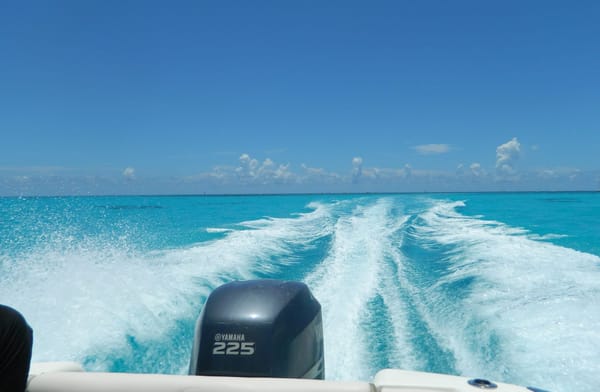Casting Concerns: Types of Fishing Line to Connect with your Catch
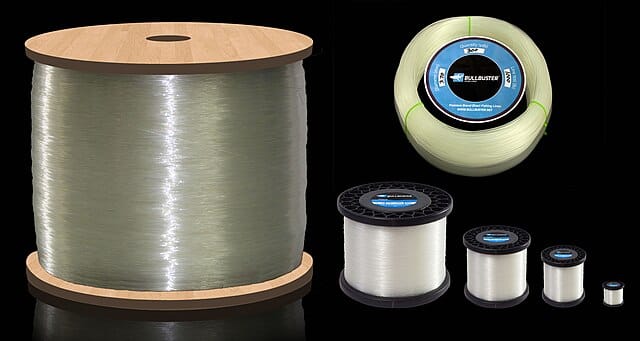
It wouldn’t seem like it would be much of a problem to pick out a fishing line to reel in the catch of the day. After all, string is string, right? Well … no, not when it comes to fishing.
Choosing the right type of fishing line is a crucial step in correctly setting up your rod and reel for a productive day of fishing. The line plays an important role in things like casting distance, strength, sensitivity and even how the fish responds to the bait or lure.
There are three main types of fishing lines, each with its own set of characteristics suited to different fishing conditions. These are monofilament, braided, and fluorocarbon lines. As a rule, monofilament works well for general use, braided lines are excellent for strength and sensitivity and fluorocarbon is best when stealth is a priority. But there are other factors you’ll want to consider before choosing a line to attach to a rod.
Let’s discuss the differences and benefits of each before you take off from the marina or private boat slip for rent.
Monofilament Fishing Line

Made from a single strand of nylon, monofilament is the most common type of fishing line. Its affordability and ease of use make it popular among beginner and casual anglers.
Key characteristics include:
- Stretch: It has a good amount of stretch, which can be beneficial for absorbing sudden shocks from a fish’s strike or fight.
- Buoyancy: Monofilament line floats, making it useful for topwater lures and techniques.
- Visibility: It tends to be more visible underwater, which can deter fish in clear water conditions (so you wouldn’t want to use it for offshore fishing).
- Knot Strength: It has good knot strength but can weaken over time with UV exposure.
- Cost: It’s the most economical choice.
Best for: Beginners, surface fishing and freshwater fishing from a private boat lift rental
Braided Fishing Line
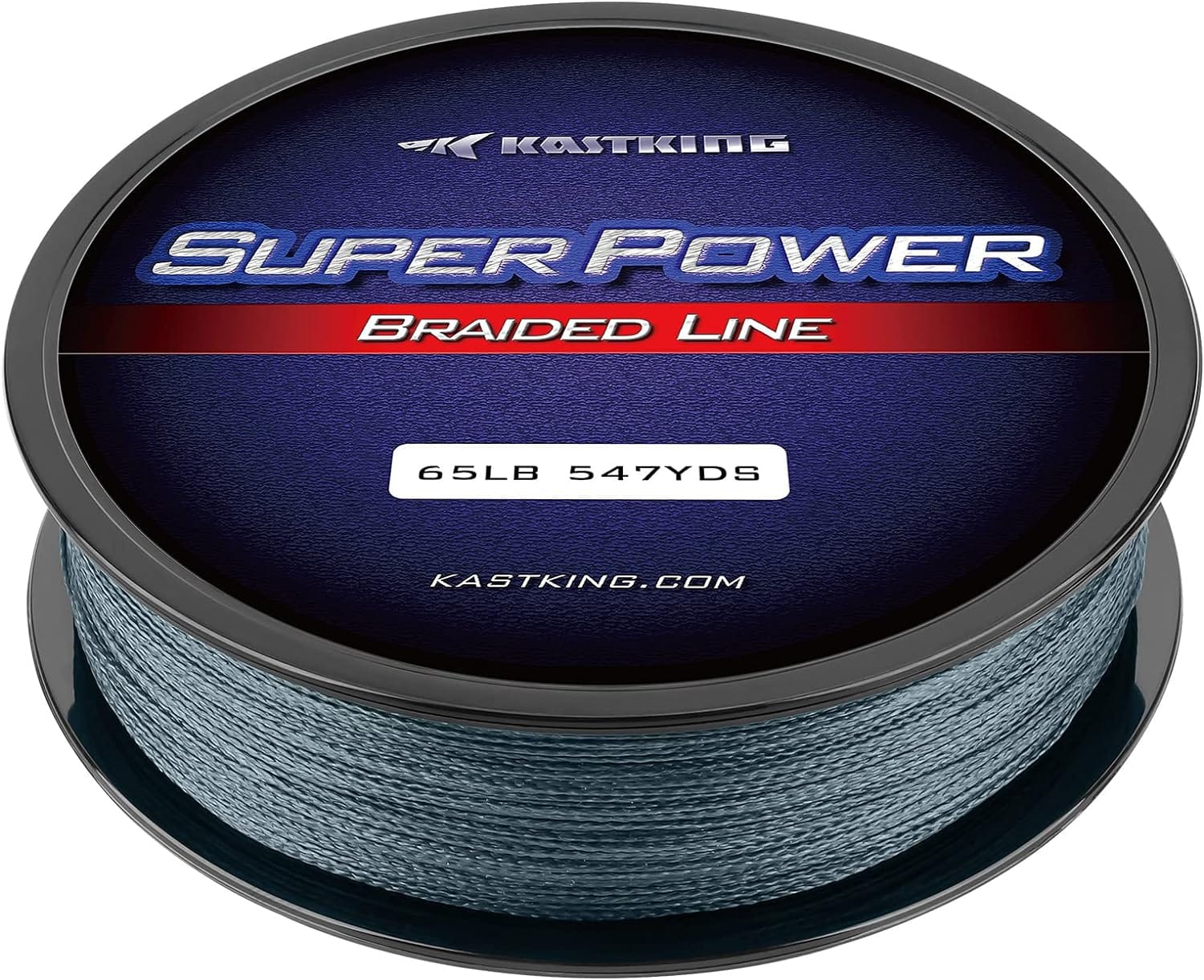
Braided line is made by weaving together multiple strands of synthetic fibers like Spectra or Dyneema. It’s known for its strength and durability.
Key characteristics include:
- Strength: Braided lines have a much higher strength-to-diameter ratio compared to monofilament, making them ideal for heavy cover or big fish.
- Sensitivity: With almost no stretch, braided line allows for excellent sensitivity, making it easier to detect bites and set the hook quickly.
- Durability: It’s resistant to abrasions, making it last longer even when fishing near rocks, wood, private boat dock rentals or other obstructions.
- Visibility: Braided line is highly visible in the water, which may require attaching a leader (usually fluorocarbon or monofilament) in clear water conditions.
- Cost: It’s more expensive than monofilament but lasts longer.
Best for: Saltwater fishing, deep water or fishing in heavy vegetation
Fluorocarbon Fishing Line
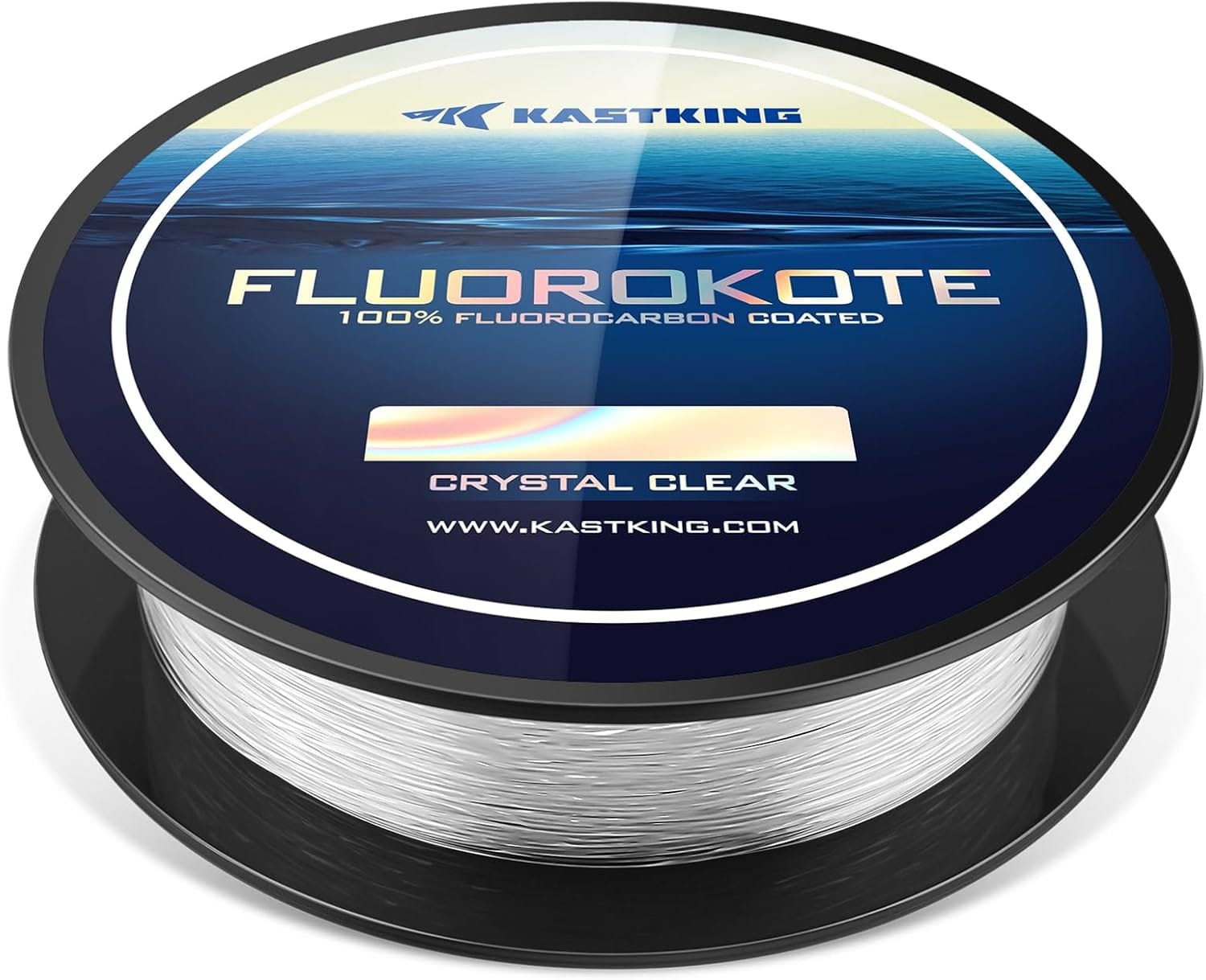
Fluorocarbon is made from a type of plastic polymer and is popular due to its invisibility underwater. It’s often used as a leader or in situations where stealth is critical.
Key characteristics include:
- Low Visibility: Fluorocarbon is almost invisible underwater because it closely matches the light refraction index of water.
- Sensitivity: Like braided line, it has little stretch, providing a good feel for what’s happening with your bait or lure.
- Sink Rate: Fluorocarbon sinks faster than monofilament, making it great for deep-water fishing.
- Abrasion Resistance: It’s highly resistant to abrasion, making it useful for fishing near sharp rocks, shells, or structures like piers and private boat dock rentals.
- Stiffness: Fluorocarbon tends to be stiffer and can be harder to cast, especially in heavier weights.
Best for: Clear water conditions, finesse techniques and deep-water fishing
Other Specialty Lines
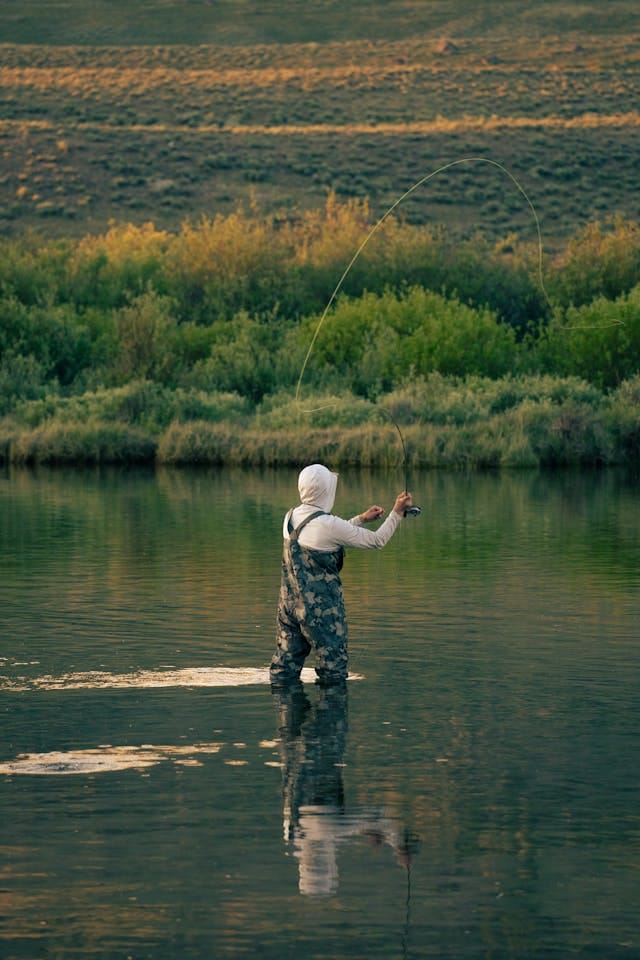
- Copolymer Fishing Line: Copolymer fishing line is a blend of nylon and other materials, offering a balance between monofilament and fluorocarbon. It provides greater strength, less stretch and is often less visible than monofilament.
- Lead Core Line: Designed for deep trolling, lead core fishing line has a lead wire core that helps it sink quickly, making it ideal for targeting fish at deep depths.
- Fly Fishing Line: Divided into five categories, fly fishing line includes Level L (which isn’t used much), Weight-Forward (most popular), Double-Taper, Shooting Taper and Specialty Tapers. Weigh-forward, double-taper and specialty lines are the ones most often used in fly fishing.
Factors to Consider when Choosing Fishing Line
- Type of fish
- Fishing environment (freshwater vs. saltwater)
- Fishing technique (such as fly fishing, flats fishing or offshore fishing)
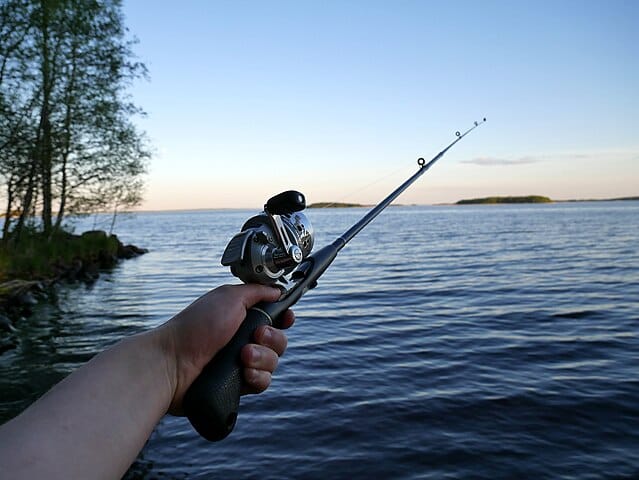
Along with the above-listed factors, you’ll also want to consider these when choosing a fishing line to cast off from boats, marinas or private boat slips for rent.
Strength and Durability: Different lines have different breaking strengths, or “test” ratings. Using the wrong strength can lead to breakage or difficulty landing the fish. For example, a line that's too weak might snap under the weight of a large fish like marlin, while a line that's too strong could scare smaller fish like trout or bass away due to its visibility.
Line Visibility: Certain fish species are spooked by visible lines. Using a fluorocarbon line, which is almost invisible underwater, can make a huge difference when fishing in clear water. On the other hand, a highly visible line might work better in murky waters or when targeting fish species that are less sensitive to sight.
Stretch and Sensitivity: Some lines, like monofilament, stretch more, which can help absorb shock but may reduce sensitivity. Others, like braided lines, have very little stretch, making them more sensitive to bites but harder to manage when reeling in fast, powerful fish.
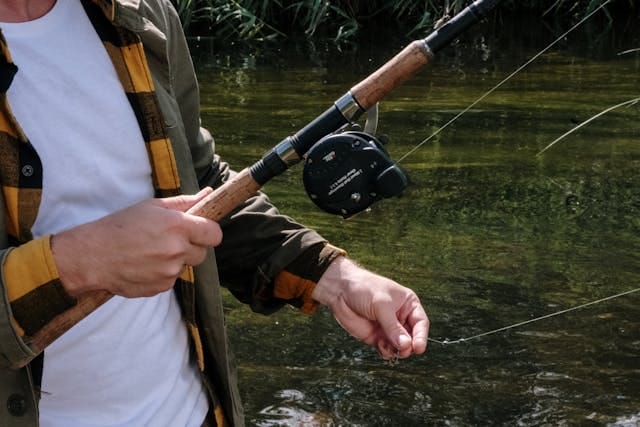
Casting Distance: Braided lines are typically thinner and cast farther than monofilament or fluorocarbon lines of the same strength. If you're targeting fish that require longer casts, using the right line can greatly affect your accuracy and reach.
Knot Strength: Not all lines hold knots equally well. Monofilament generally ties knots well, while fluorocarbon may be more prone to slipping unless the knots are tied properly. Using the correct line for your technique ensures that your knots hold strong during fights with fish.
Fishing Conditions: Saltwater, freshwater and even the specific type of terrain you’re fishing in (rocky bottoms vs. vegetation) can affect the wear and tear on your line. For example, braided lines perform better in rocky areas where they need to withstand abrasion, while monofilament might perform better in areas with lots of vegetation because it can stretch and maneuver better around obstacles like rocks, docks and private boat slips for rent.

Please note: Always recycle any type of fishing line in proper receptacles.
Hopefully, this has helped with any questions or confusion you’ve had about choosing the right fishing line to reel in that marlin, bass, tuna or trout. You’ll be prepared and ready to go the next time you cruise out of the marina or private boat lift rental in a fishing boat. Happy boating!

